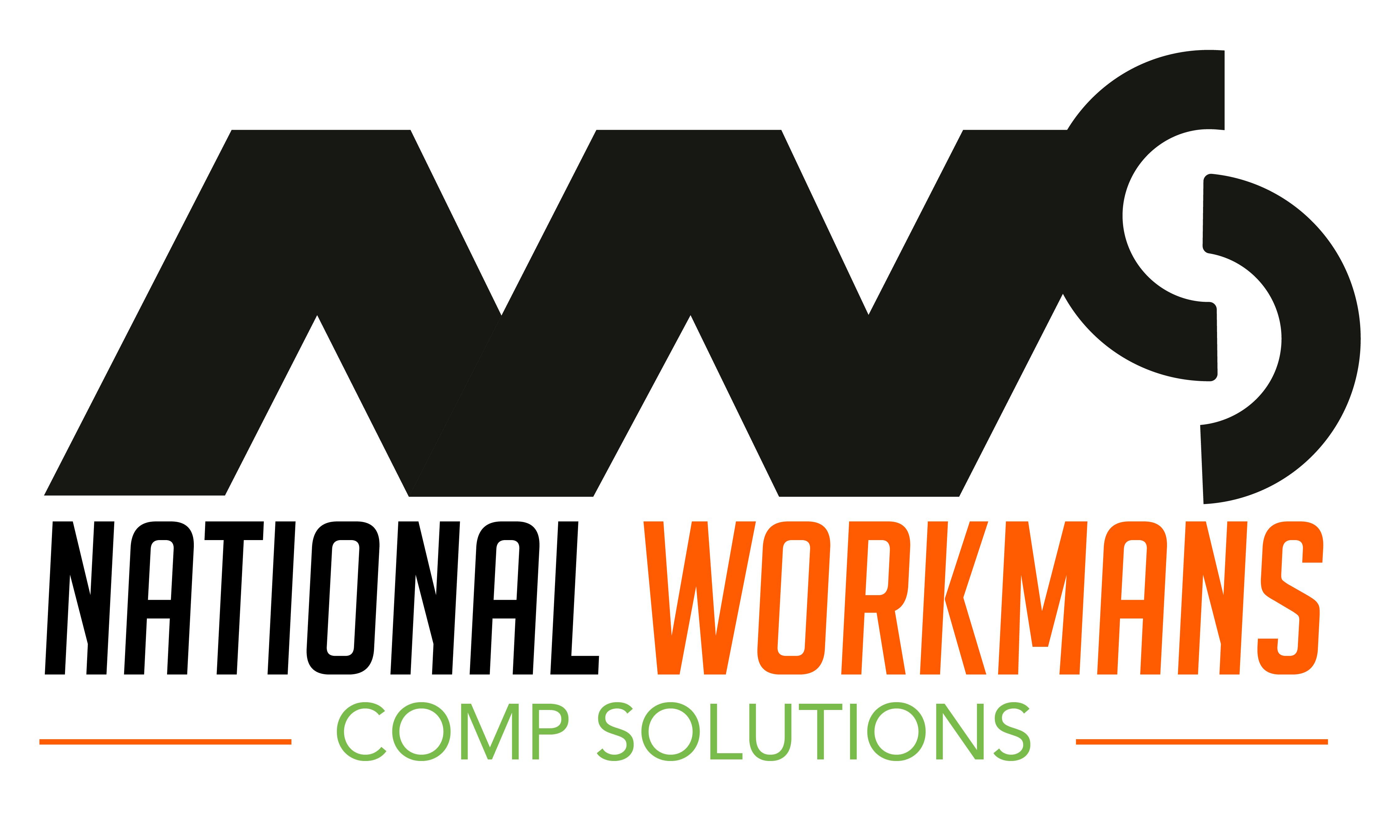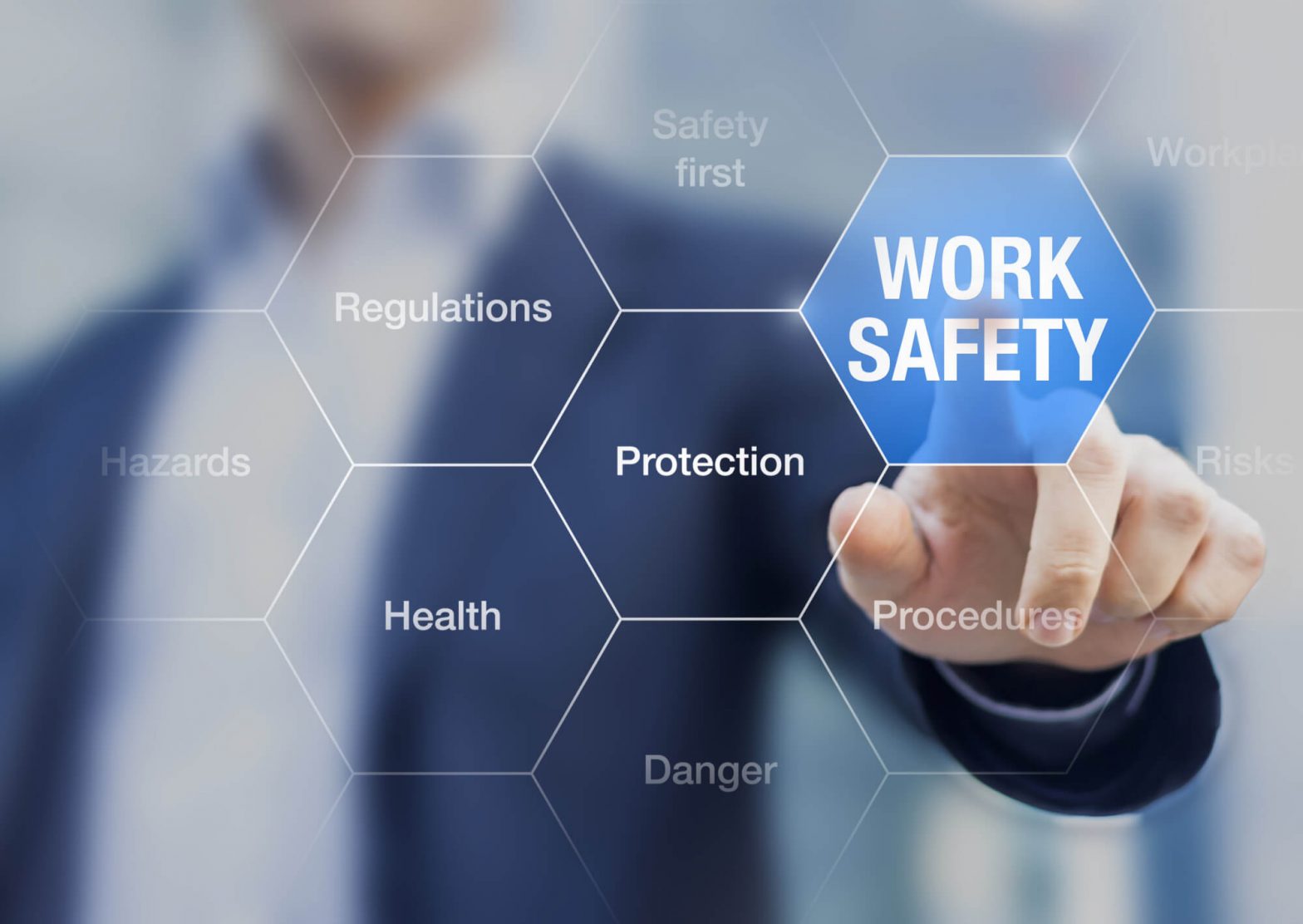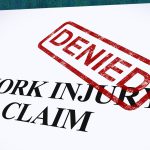Did you know that as of April 7, 2020, there were almost 1,500,000 COVID-19 cases globally? COVID-19 has changed the face of the world. Social distancing. Bans on public gatherings. The work-from-home trend. All these development have changed the way that businesses work and people socialize.
If you are an employer you no doubt want to provide the safest working environment for your employees. How can you ensure safety for all your workers? What measures should you take? Why not read our in-depth article to find out the answers.
1. Good General Hygiene Standards
The majority of employers that will still host employees should focus their attention on good hygiene standards. The basic measures being washing of hands and surfaces and social distancing.
Social distancing means reducing, not the interaction, but the proximity of individuals. It can also limit the duration of contact between people. This has been proven to reduce the transmission of the illness. No doubt as time goes on we will see claims for worker’s compensation by employees against employers that did not implement correct hygiene standards.
2. Work Practice Controls
Historically people protected themselves in the workplace by wearing personal protective equipment (PPE). This would have included gloves and masks. These significantly reduce the chance of transmission for sure.
However, businesses can do more to reduce this chance more further. Businesses should set up work practice controls to protect employees in specific circumstances. For example, they may adjust worker habits to limit the frequency or duration of their interactions with others.
Often it is a good idea to meet with employees to hear their suggestions regarding workplace controls. This gives them an opportunity to provide suggestions based on local conditions. If later a claim for compensation is made, this meeting could be used to prove that management asked for input and listened to concerns.
3. Engineering Controls
Work controls can be effective in limiting interactions between people. However, there may be times when limitations cannot be imposed. When a company employee’s role is to interact with customers face-to-face each day, they may need further safeguards.
Installing sneeze guards is a common method of protecting employees. Limiting the number of customers in a shop can also assist with social distancing.
Good work practices protect workers when they interact amongst themselves. Engineering control protect when contact with customers is necessary. In each case, the company has a duty of care towards their workers.
4. Practice Controls
Education is a very important part of protecting employees. in a world of fake news, it is very easy for even well-intentioned employees to receive incorrect direction.
Employers should encourage workers to obtain medicine at the proper time. Good practice controls could include:
- Encouraging a culture of handwashing,
- Good cough etiquette,
- Responsibility for workstation cleanliness
Each company and workplace is unique and will present challenges to management. In order to protect themselves, management needs to institute a good educational program. They should also understand why they need comp insurance.
5. Administrative Controls
Administrative controls are policies that encourage a protective culture in the work environment. Some examples of this could be:
- Removal of any stigma for taking sick-time. Encouragement for all employees to be aware of any symptoms that they may have and consider medical advice before coming to work.
- Avoidance of unnecessary travel. The encouragement of video-conference meetings. This will prevent employees from traveling to cities where infection could take place.
- The encouragement of video-conference even within the same office or team.
- When possible, the IT department should arrange for workers to be able to work from home.
- Consider limiting deliveries of goods to the workplace. Non-essential deliveries can be canceled to reduce the number of personnel entering the workplace.
These controls might seem like commons sense to many. However, the spirit behind them should be instilled in team leaders and managers. The long-term health of trained employees is more important and valuable than short term gains.
6. Personal Protective Equipment (PPE)
These broad measures will be effective in reducing the transmission of illness in the workplace. However, each employee should understand their personal responsibility towards PPE (Personal Protective Equipment).
PPE should not only be seen as necessary protection in the workplace. Employees should wear PPE generally when outdoors during the pandemic. Employees should understand that simply wearing a mask or gloves may not be enough. They should understand how to maintain PPE items and how long they can wear them before disposing of them.
Employers are now obligated to provide necessary PPE that will protect employees in their workplace. This is a key area in which businesses can preventing comp claims. Providing PPE for employees and then educating them will not only protect employees. It could protect employers from future comp claims. This includes the claim that an employee was exposed to a virus, and not protected by their employer sufficiently.
Safety for All and Much More
COVID-19 has taken the world by storm and is adjusting the way we view safety in communal areas. Businesses are more interested than ever in ensuring safety for all their employees.
You no doubt want to ensure the safest working environment for your employees. If you are looking to learn more about how you can get comp insurance for your employees, we are here to help. We leverage our years in the insurance industry to provide reliable services and trustworthy guidance. Why not follow our blog to see how we can help you today.


 May 7, 2020
May 7, 2020 Blog
Blog 









